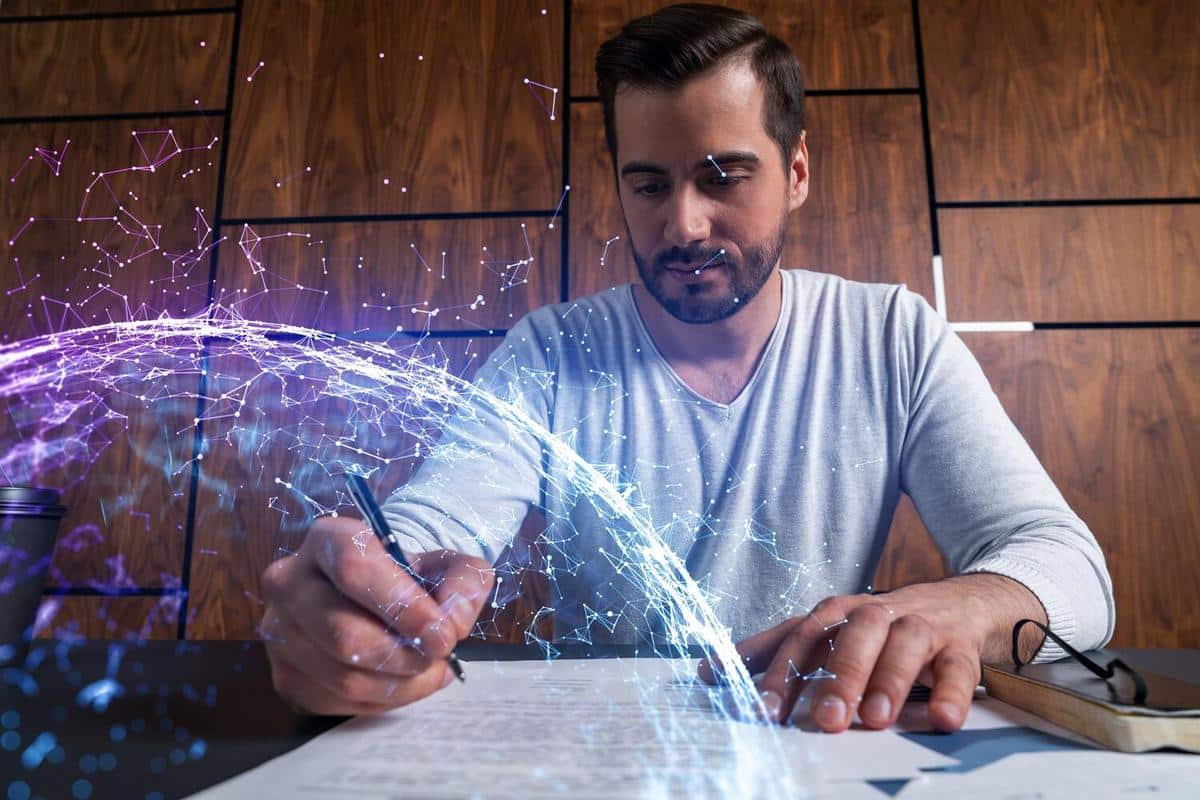
How Blockchain Could Transform Education Systems
Imagine a world where student records are securely accessible, credentials are tamper-proof, and learning pathways are personalized through seamless technology—this is the promise of blockchain in education.
Understanding Blockchain in Education
Blockchain technology, well-known for its role in cryptocurrencies, holds potential far beyond digital currency. Its decentralized and transparent nature offers exciting opportunities for educational systems worldwide. But how exactly does blockchain work in this context?
Transforming Record Keeping
One of the most compelling uses of blockchain in education is in secure record-keeping. According to a report by Educause, blockchain’s immutable ledger can store academic records, making them easily verifiable and reducing the risk of fraud. Imagine a world where diplomas and transcripts can be verified instantly without the cumbersome paperwork.
Enhancing Credential Transparency
Blockchain can revolutionize how credentials are managed and shared. For example, the Massachusetts Institute of Technology (MIT) has experimented with blockchain to issue digital diplomas to graduates. These digital credentials are not only secure but also easily shareable with potential employers or other educational institutions.
Supporting Personalized Learning
Blockchain’s ability to securely store and manage data can empower personalized education. By maintaining a complete and transparent record of a student’s learning history, educators can tailor instruction to fit individual needs more effectively. This approach aligns with the growing trend of personalized learning environments.
Challenges and Considerations
Despite its potential, blockchain in education is not without challenges. Cost, scalability, and the need for widespread acceptance are significant hurdles. Education systems must weigh these factors and consider the infrastructure needed to support blockchain technology.
| Aspect | Traditional System | Blockchain System |
|---|---|---|
| Record Keeping | Paper-based, prone to loss | Digital, secure, and immutable |
| Credential Verification | Time-consuming | Instant and reliable |
| Data Security | Vulnerable to breaches | Highly secure and encrypted |
| Cost | Varies | Potentially high initial setup |
| Adoption | Established | Emerging |
| Scalability | Limited by physical records | Potentially limitless |
| Transparency | Limited | Full transparency |
| Accessibility | Restricted | Global access |
Frequently Asked Questions
What is blockchain technology?
Blockchain is a decentralized digital ledger that records transactions across many computers so that the record cannot be altered retroactively.
How can blockchain improve education?
Blockchain can provide secure and tamper-proof records, enhance credential transparency, and support personalized learning environments.
Are there any examples of blockchain in education?
Yes, institutions like MIT have issued digital diplomas using blockchain technology.
What are the challenges of using blockchain in education?
Challenges include high initial costs, scalability concerns, and the need for widespread adoption and infrastructure development.
Conclusion
Blockchain technology holds the potential to transform education systems by securing and simplifying processes that have long been cumbersome and insecure. As educational institutions begin to explore this technology, it is essential to approach it thoughtfully, balancing its benefits with the challenges it presents. Embracing blockchain could lead to a future where education is more accessible, transparent, and personalized than ever before.